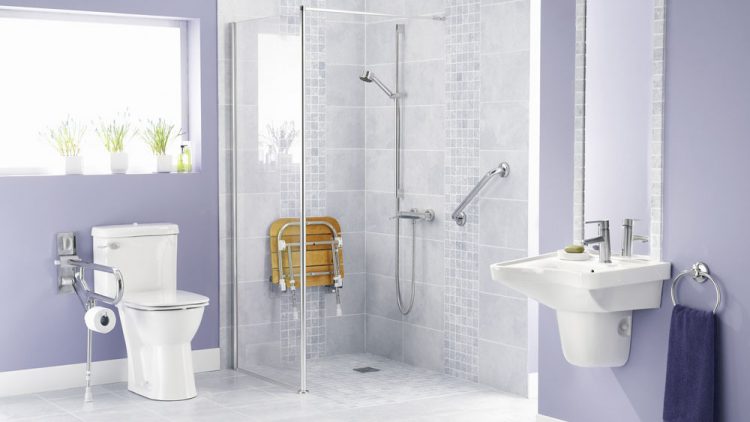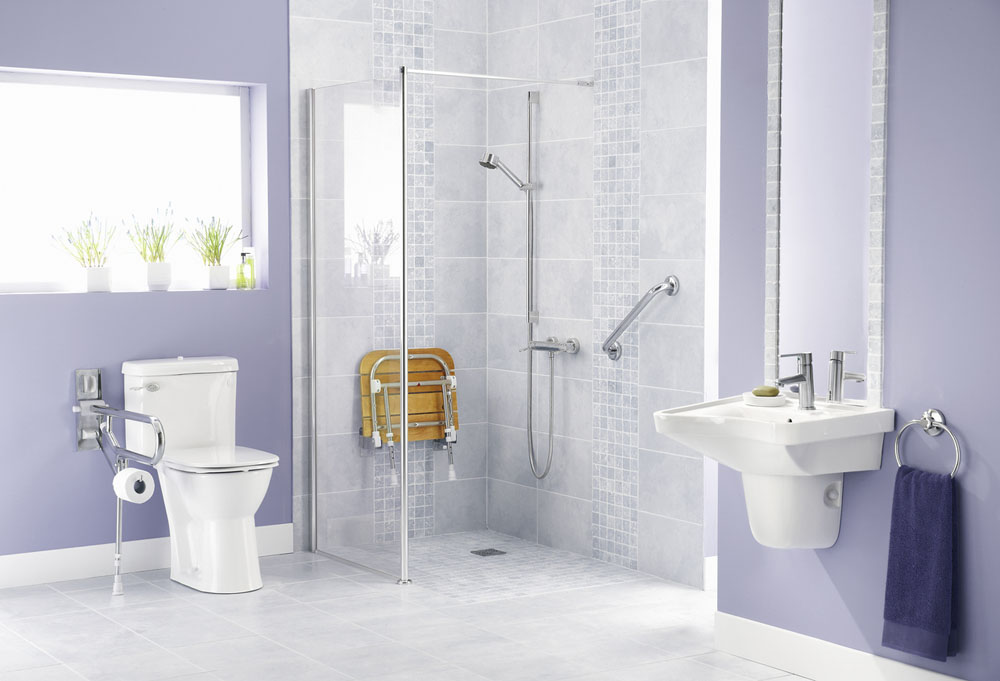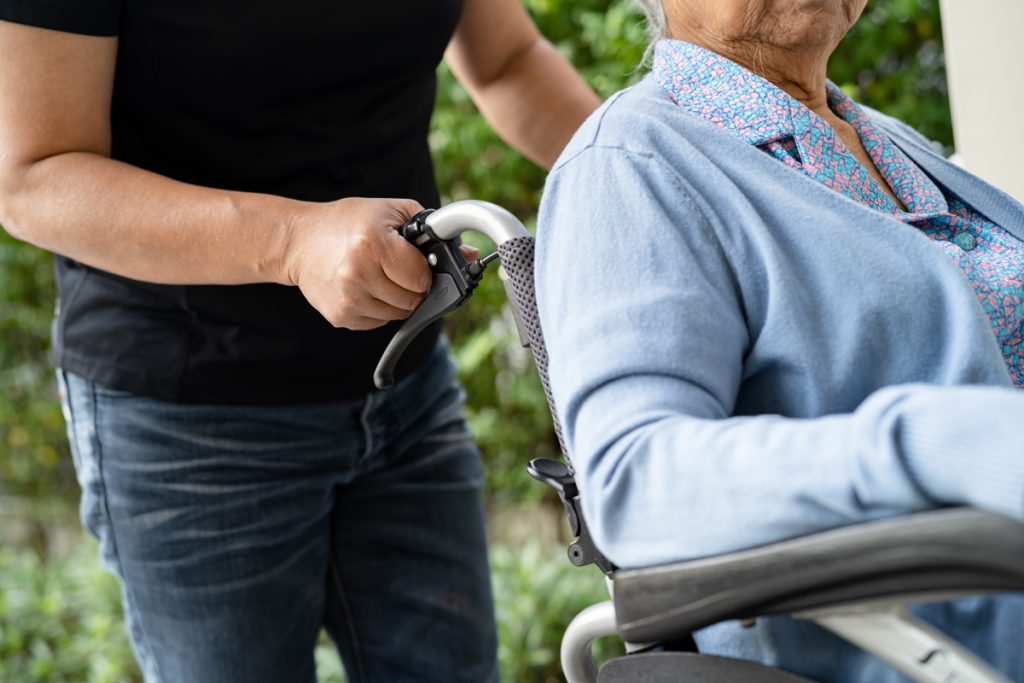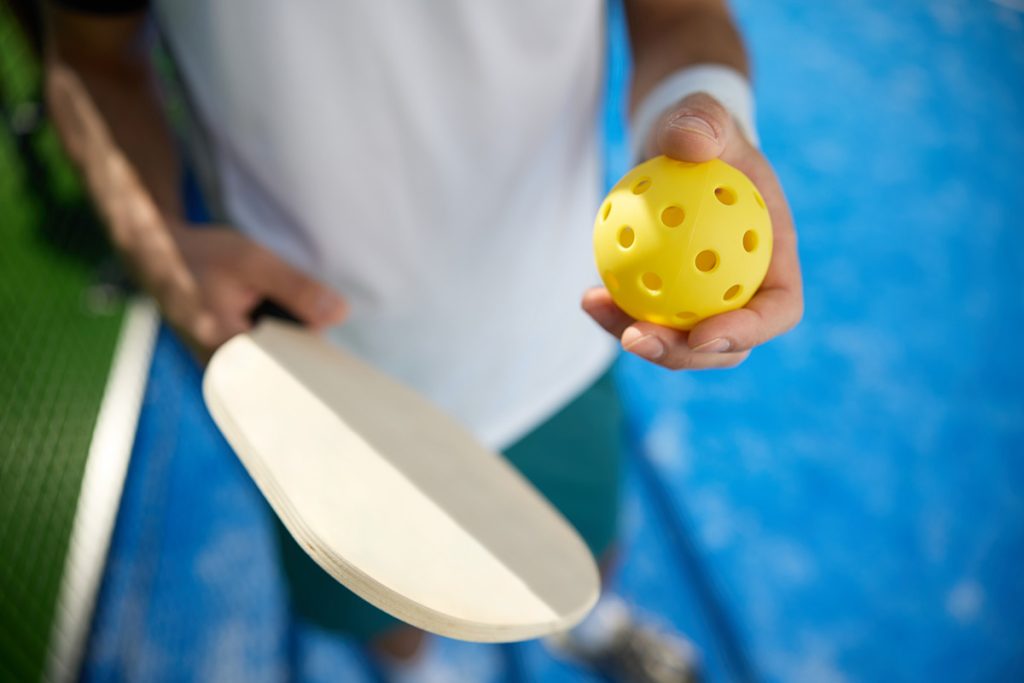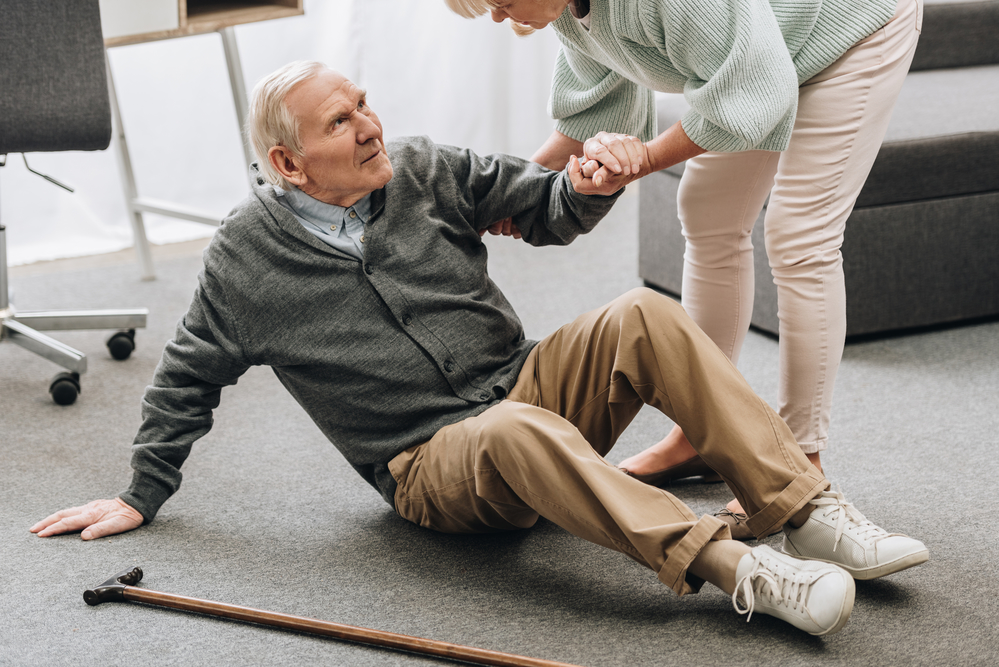What You Should Know About Non-slip Bathtub & Shower Floor Treatments
A Non Slip Surface Treatment For Fall-Proofing Your Bathroom
We spend a great deal of time in a place where significant fall risks lurk – the bathroom. The bathroom is the number one place for falls in the home – ironically, it is also the most likely to be overlooked when it comes to fall prevention safety.
The moment you set foot into your bathroom, you have entered a zone of unstable footing due to slippery or wet showers, tubs, and floors. Bathroom rugs are often slippery and gather when stepping onto and are also significant trip and fall hazards.
Rather than elect to become another bathroom fall statistic, understanding fall risks and implementing interventions can significantly reduce your risk of slip and fall accidents.
Coefficient Of Friction – Measuring The Fall Risk
Coefficient of Friction describes friction levels on flooring both dry and wet. Floors with low COF levels are more likely to be slippery and pose a fall risk. OSHA and ADA recommend friction levels of flooring surfaces to be .5 and above in order to be considered safe. Friction levels falling below that are critically dangerous when wet. Most homes have floor, tub and shower friction levels of .5 or below.
What You Can Do To Reduce Fall Risk In The Tub or Shower
Most homes use non-slip mats in the shower. Not only can these become breeding grounds for, harboring countless bacteria and mold, but they are also major trip hazards and should not be used for sure footing. According to PrudentReviews, “If you don’t like the idea of an anti-slip shower mat, you can install clear anti-slip adhesive treads or apply an anti-slip formula specially designed for showers and baths“. As you can see, non-slip shower treatments are a longer-lasting, healthier alternative to tub or shower mats.
Non-Slip Shower Floor Surface Treatment
Non-slip shower floor surface treatments are simple to apply, environmentally friendly, and drastically reduces fall risk by increasing the friction levels on wet floors, bathtubs, and shower surfaces. There is no visible change to the surface – the only time you will notice the treatment, is when the bathroom, tub or shower areas are wet. Then, you will have increased friction for better traction and safer navigation on wet surface areas.
The non-slip shower flooring solution will take your once dangerously low friction levels to OSHA and ADA safety recommended higher levels so you can navigate your bathroom safely and with confidence.
Non-slip bathroom floor treatments are just one of the elderly fall prevention solutions we offer. To learn about our full line of services, visit our FAQ page, or give us a call at 480.214.9725.
Non Slip Bathtub Treatment
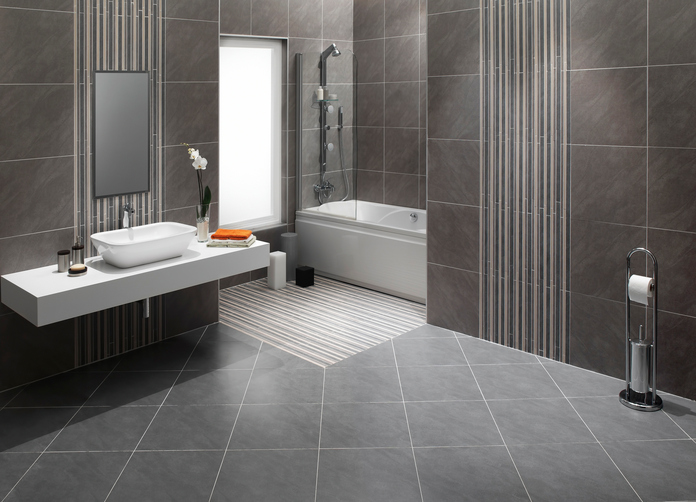
When searching for non-slip bathtub treatment solutions, experts like HomeGuide say you should apply a non-slip spray. We agree! We specialize in the application of non-slip, long-lasting bathtub treatments, which when applied causes a chemical reaction that leaves the surface of hard mineral existing floors and porcelain/enamel bathtubs with a higher friction level and no visible changes. Our product has been developed and proven for concrete, quarry tile, Spanish tile, ceramic tile, glazed brick, marble, terrazzo, porcelain/enamel, and many other hard mineral surfaces.
The end result is an increase in the coefficient of friction up to 400% when subjected to water.
- Reduced risk of falling
- No more rubber mats or decals
- No more worries when floors are wet
- Feet will no longer slip out from under you
- USDA approved
- Non-toxic/environmentally safe
- No downtime! Floors immediately available for use upon completion
- Easy floor care
- 2-year warranty
- Meets ADA and OSHA Standards
What are Non-Slip Floor Surface Treatments for Bathtubs and Showers?

“Non-Slip Surface Treatment” or “Anti Slip Surface Treatment” make surfaces slip-resistant in shower bases, bathtub bottoms, concrete or tile floors. When applied, a chemical reaction happens that causes the surface to have higher friction levels with no visible changes.
Applications include:
- Bathtub floors
- Shower floors
- Concrete
- Quarry tile
- Spanish tile
- ceramic tile
- Glazed brick
- Marble
- Terrazzo
- Porcelain
- Enamel
- Many hard mineral surfaces
Related Posts

